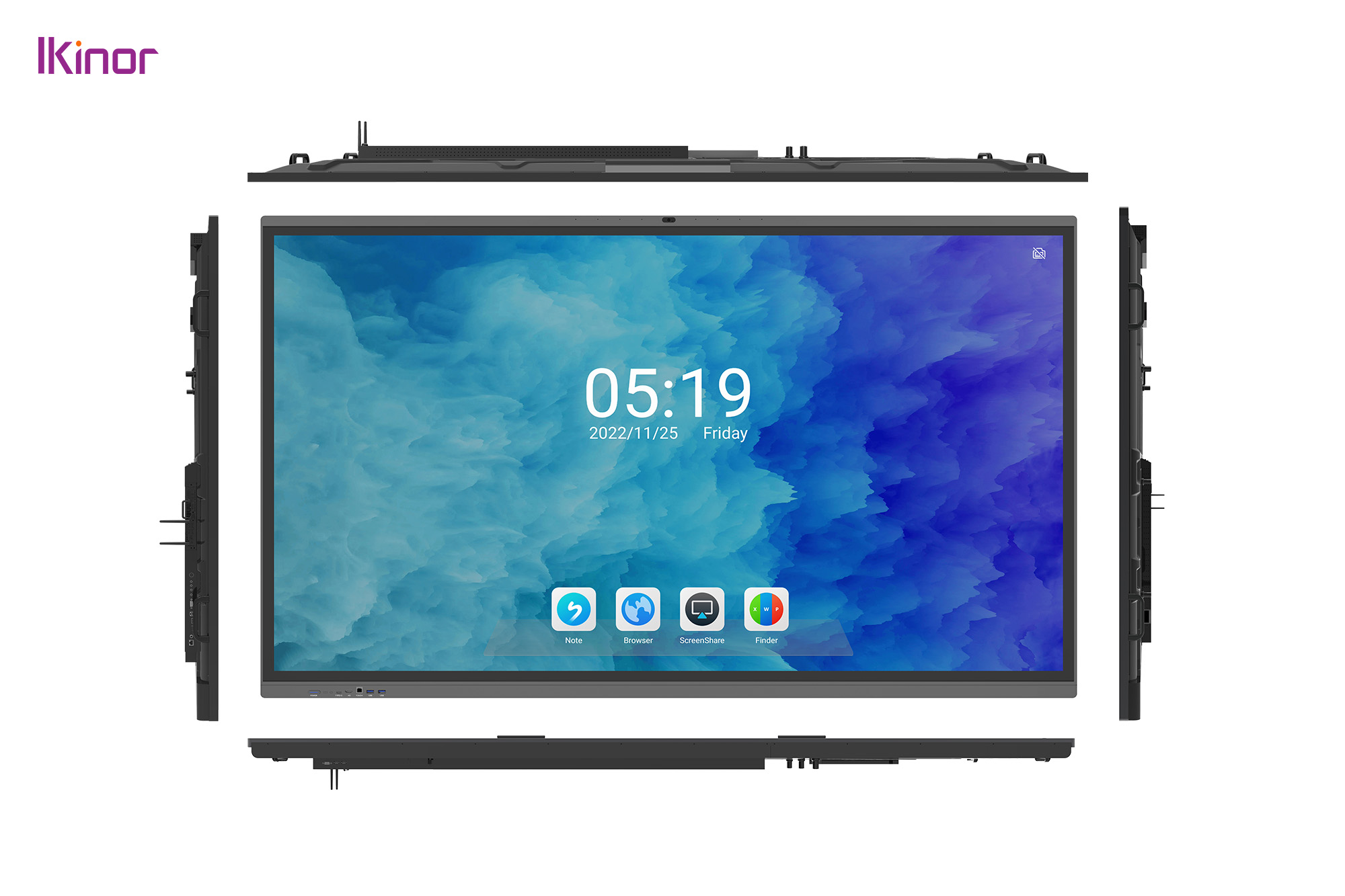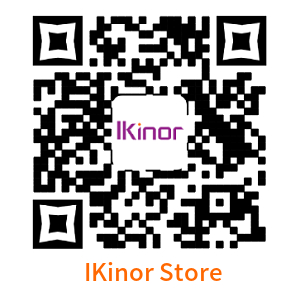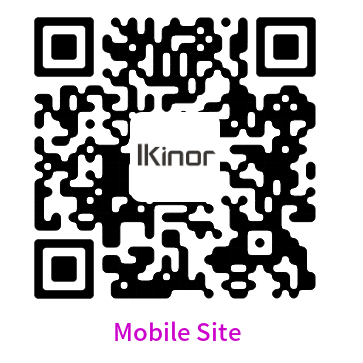As technology continues to evolve at a rapid pace, so does the way we approach education. Gone are the days of chalkboards and overhead projectors – today’s classrooms are equipped with state-of-the-art touch screen displays that offer an array of exciting benefits for both students and teachers. From enhanced interactivity to improved engagement, these innovative tools are changing the game when it comes to modern classroom learning. So buckle up – it’s time to discover how touch screens can revolutionize your teaching experience!
Advantages of Touch Screens Displays in the Classroom
Touch screen displays offer a number of advantages over traditional classroom technology, including improved interactivity, easier content sharing, and enhanced engagement.
Interactivity: Touch screen displays are much more interactive than traditional LCD or plasma displays. Students can directly interact with content on the screen, making it easier to engage with and understand complex concepts.
Easier content sharing: Touch screens make it easy for students to share content with each other. With a few taps, they can quickly share documents, photos, and videos. This is a huge advantage over older technology like projectors, which required students to physically hand off materials.
Enhanced engagement: Because touch screen displays are so interactive, they can help keep students engaged in the lesson. With traditional displays, it’s easy for students to lose interest and start daydreaming or fidgeting. But with a touch screen display, they’re constantly involved in the lesson and less likely to tune out.
How to Choose the Right Display for Your School
When it comes to outfitting your school with the latest technology, touch screen displays are a must-have for modern classrooms. But with so many options on the market, how do you choose the right display for your needs? Here are a few things to keep in mind when making your selection:
Size: Touch screen displays come in a range of sizes, from small tabletop models to large wall-mounted units. Consider the space you have available and the number of students who will be using the display at one time.
Touch screen displays come in a range of sizes, from small tabletop models to large wall-mounted units. Consider the space you have available and the number of students who will be using the display at one time. Resolution: Higher resolution means sharper images and text, which is important for educational content. Look for a display with at least 1080p resolution.
Higher resolution means sharper images and text, which is important for educational content. Look for a display with at least 1080p resolution. Connectivity: Most touch screen displays come with built-in wireless connectivity, so you can easily connect to your school’s network and internet resources. Make sure the unit you select has the right ports for any additional peripherals you’ll be using, such as document cameras or computers.
Most touch screen displays come with built-in wireless connectivity, so you can easily connect to your school’s network and internet resources. Make sure the unit you select has the right ports
Conclusion
In conclusion, touch screen displays have revolutionized the classroom in today’s digital age. They provide a more interactive and engaging learning experience for students, as well as allowing teachers to better track student progress. Furthermore, they are easy to use and can be used with multiple devices at once making them incredibly versatile. Touch screens offer so many advantages over traditional methods of teaching that it is no surprise that they are becoming increasingly popular in modern classrooms. If you want to invest in them, welcome to contact Ikinor for more information!



